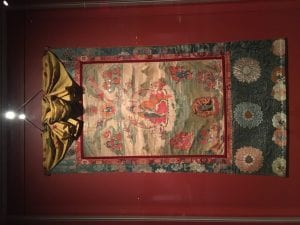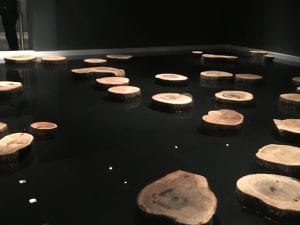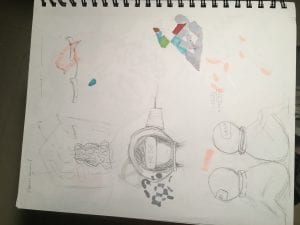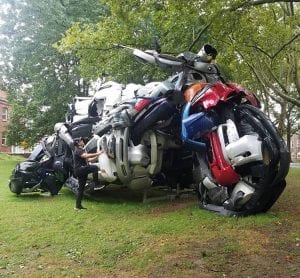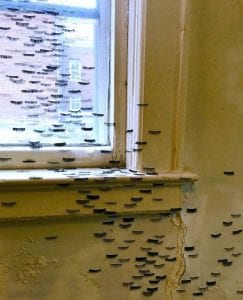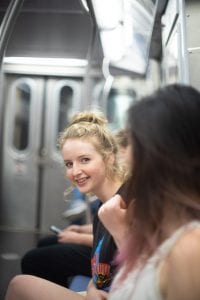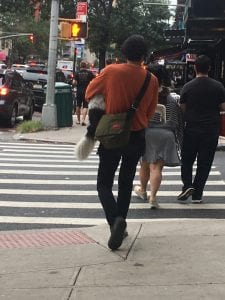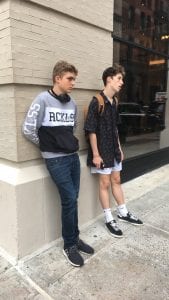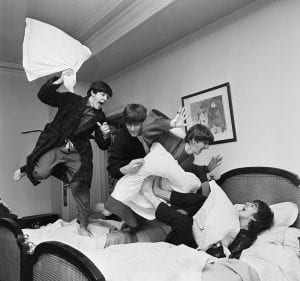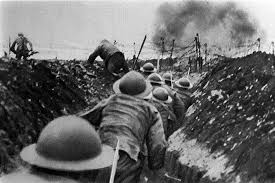
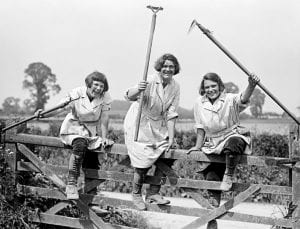
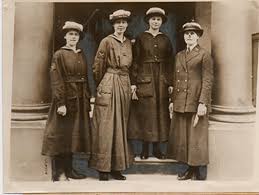
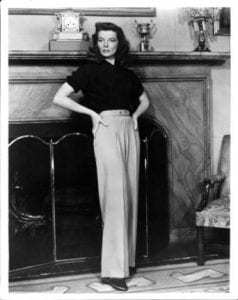
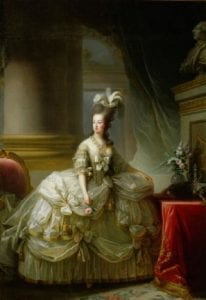
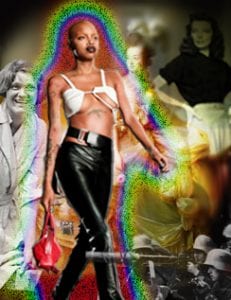
As the first thing I did for the research was having a better understanding of the term “Time Capsule”. Before I dived right in, I first put it into my own interpretation of the idea of “Time” and “Capsule”. Of course, “Time” to me is simply past, present, and future and a “Capsule” is a basically a cylinder container, and if you put the meanings together, it would make sense as something of a container, box, or the pill capsule, that held all the history of an event, object, or one’s lifetime. By then, ideas of a time machine, a box of memories, or a significant event that had a meaningful change or evolution in the future, some of the most significant and efficient change in society are technology, infrastructure, government, freedom, fashion statement, and so on. But, putting it in a personal level, I thought about my timeline of migration from China to the United States during my childhood, and how that shift had a huge cultural shock and a foreign feel for me to be getting adjusted to the environment and going to school. As the “time” went on, I eventually kind of fit into the American culture, and I said kind of is because I still had my Chinese culture engraved in me, as I adapted to another accent, my routines on the dinner table, and the way my lifestyle had always made me stand out.
But to ensure my accuracy of the meaning of “Time Capsule”, I went into the Cambridge dictionary and looked up the phrase as it gave me the definition of “a container that is filled with objects considered to be typical of the present period in history and then buried, so that it can be dug up and studied much later”. Well, I thought my interpretation is not well far off from the actual definition, but the catch was that the “buried” history is meant to be dug up and to soon be studied more. So I decided on women’s fashion, as time went on, women’s attire had transformed throughout different eras. It is a broad statement, but diving into it, before the outbreaks of the Great War, women’s fashion was insisting on heavy hobble skirts, a tight corset that makes the thin waist,but as the WWI hits America, women’s fashion was forever changed as the fashion trends on women was now heavily influenced by the Great War as it was based on a combination of femininity and practicality, as the role of women transformed from being a household wife to a working and helping in factories in during the WWI.
I decided to combine the two concepts of personal growth shift and the concept of fashion from before and after the Great War. As before the Great War, fashion was more of a class statement as women would wear excessive pieces of jewelry and big hoop skirts with a tight corset. This also resembles my experiment of being in Asia, as being raised in a community that valued beauty and perfection, as imperfection was looked down upon. As America is approaching the war, fashion for women transitioned from being class classification to being more functional as women began to transition from housewives to women who have working abilities. During WW1, women’s fashion was shifted significantly as people began to see women as empowerment as they work in factories to help the war. This shift in women’s fashion correlates to my migration from China to America, as most of my flaws were accepted in society, but new conflicts and criticism also arose. As we transfer into modern society, were women rights and empowerment is strongly present and as gay rights were established, women’s clothing became more exposed, revealing more flesh and as women’s wardrobe became more of a fashion and personal statement.

